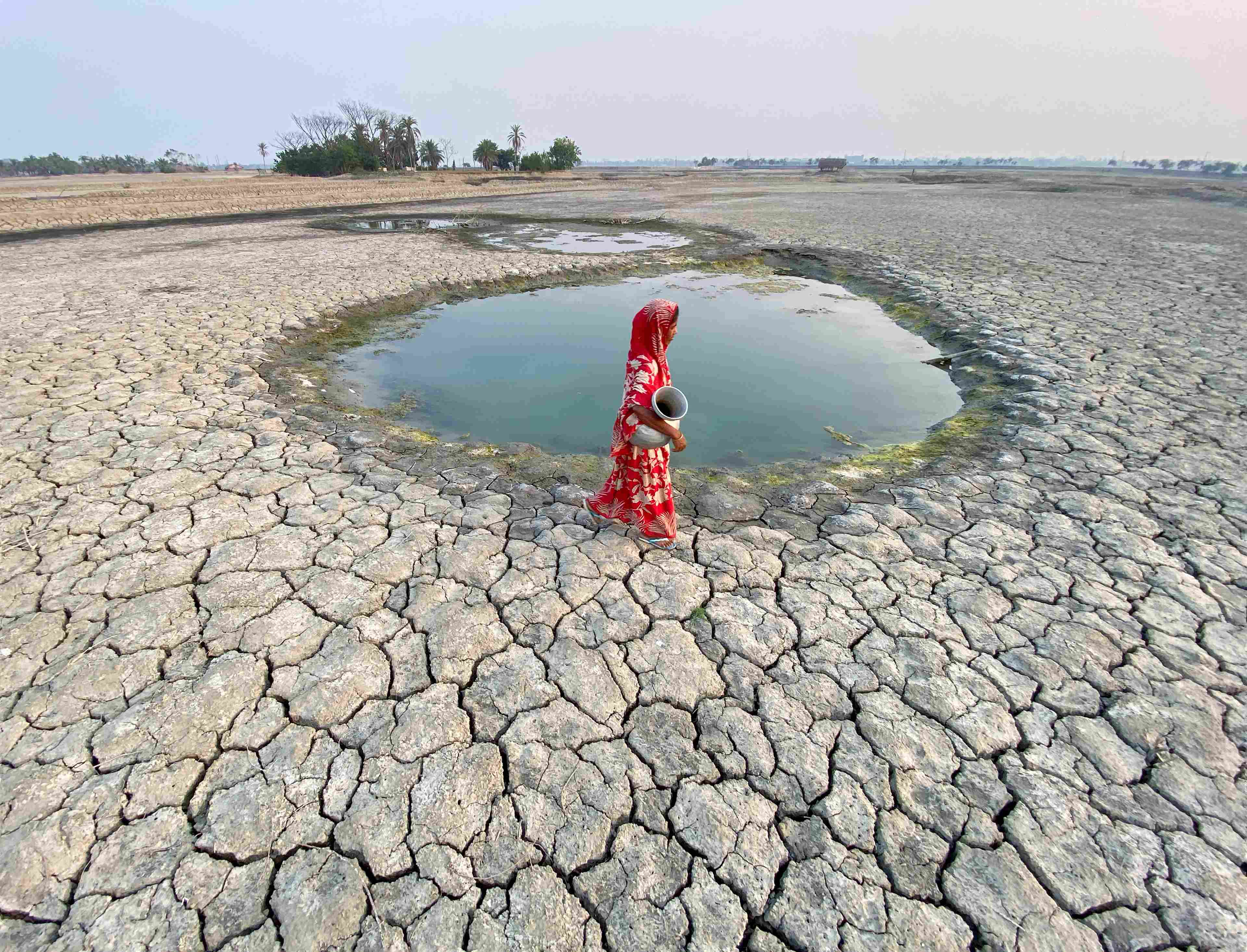
BEIRUT (Enmaeya News) — Cancer cases in the Middle East and North Africa (MENA) are projected to double by 2040, according to global health organizations like the World Health Organization (WHO) and research published by The Economist's Impact platform. This alarming increase is driven by several factors, including aging populations, lifestyle changes such as increased smoking and unhealthy diets, and disparities in healthcare access across the region.
While Gulf countries are investing in advanced treatments like proton therapy, many public health systems in other areas struggle to provide basic chemotherapy. Limited screening and awareness mean that over 60% of cancers are diagnosed at advanced stages, leading to survival rates that are 15-20% lower than those in Europe.
Efforts to bridge these gaps are beginning to take shape. Tunisia's school-based HPV vaccination program covers 90% of students, significantly reducing cervical cancer cases. In Saudi Arabia, the Virtual Tumor Board uses telehealth to connect specialists with remote clinics. Iran's production of trastuzumab, a biosimilar, has lowered treatment costs by 70% without affecting quality.
Despite progress, challenges remain, particularly in palliative care, where cultural and regulatory issues often leave terminal patients without adequate pain management.
To tackle these disparities, experts suggest mobile screening units for rural areas, regional cooperation to reduce drug costs, and training to address the shortage of specialists. Strategic investment and collaboration can shift MENA's cancer care from a story of inequality to one of innovation. The window for action is closing as the situation becomes increasingly urgent.






